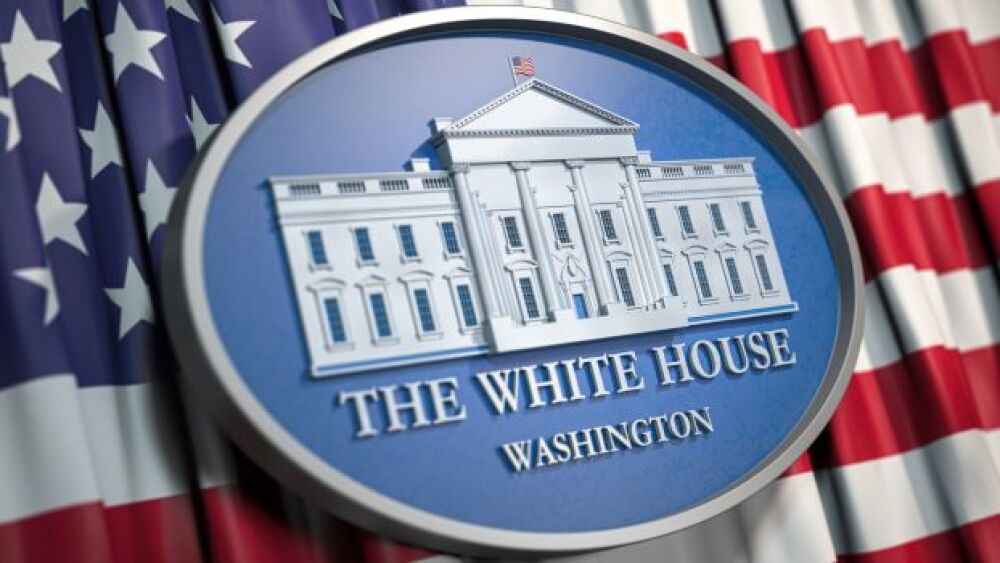The Biden administration announced plans for a new biopreparedness initiative that is part of the ongoing Building Back Better plan.
As COVID-19 infections driven by the Delta variant continue to spike across much of the United States, stretching health care services to the limits, the White House is seeking $65 billion to lay the groundwork for future pandemic preparedness.
Over the holiday weekend, the Biden administration announced plans for a new biopreparedness initiative that is part of the ongoing Building Back Better plan. In its announcement, the White House ongoing COVID-19 pandemic that has taken the lives of more than 623,000 Americans has illustrated the seriousness of viral and biological threats. Not only has COVID-19 been responsible for more deaths than those attributed to American Civil War, but the White House also estimated the economic damage to around $15 trillion it caused to the country.
“We must seize the opportunity to ready ourselves for the biological threats on the horizon. Investing to avert or mitigate the huge toll of future pandemics and other biological threats is an economic and moral imperative. The cost of pandemic prevention pales in comparison to the enormous cost – in lives and in economic cost – of a pandemic. It’s hard to imagine a higher return on national investment,” the White House said in its announcement.
While COVID-19 has been devastating, the White House acknowledged that the next pandemic would likely be substantially different, which means the nation must prepare to deal with any viral threat.
In the first days of his administration, President Biden directed his officials to assess the nation’s capabilities to respond to future pandemics, including the re-establishment of the National Security Council Directorate on Global Health Security and Biodefense. The White House’s plan dubbed “American Pandemic Preparedness: Transforming Our Capabilities” lays out a set of urgent needs and opportunities across five key areas that are necessary to protect the United States against biological threats.
The first goal is to transform medical defense, including an improvement and expansion of vaccines, therapeutics, and diagnostics against known threats, and lay the groundwork for unknown pathogens, such as COVID-19 when it first appeared. Secondly, the plan calls for ensuring “situational awareness” regarding infectious disease threats. This includes early warning and real-time monitoring of these viral threats.
The third pillar of the plan calls to strengthen the public health systems in the country, as well as internationally. The program will increase responsiveness to emergencies, “with a particular focus on reducing inequities and protecting the most vulnerable communities.”
The fourth part of the plan is to build core capabilities, which include the production of personal protective equipment, stockpiles, supply chains, biosafety and biosecurity, and regulatory improvement.
Lastly, the final plan calls for strong management of the mission. Likening this pandemic preparedness effort to the Moon landing, the White House said “seriousness of purpose, commitment, and accountability” will be at the forefront.
The plan lays out spending for each pillar, including $24.2 billion to test and develop vaccines against different pathogens and improve current manufacturing and distribution capabilities. The White House will also seek $11.8 billion for the development of new therapeutics.
“Achieving these capabilities will require a systematic effort and shared vision for biological preparedness across our government. Like any ambitious endeavor… transforming our nation’s pandemic preparedness will take serious, sustained commitment and ambitious accountability,” the White House noted. “And like those efforts, it is likely to yield benefits beyond the original mission – in this case advances in human health and providing tools that could overcome health inequities and ensure equitable access to innovative products.”





